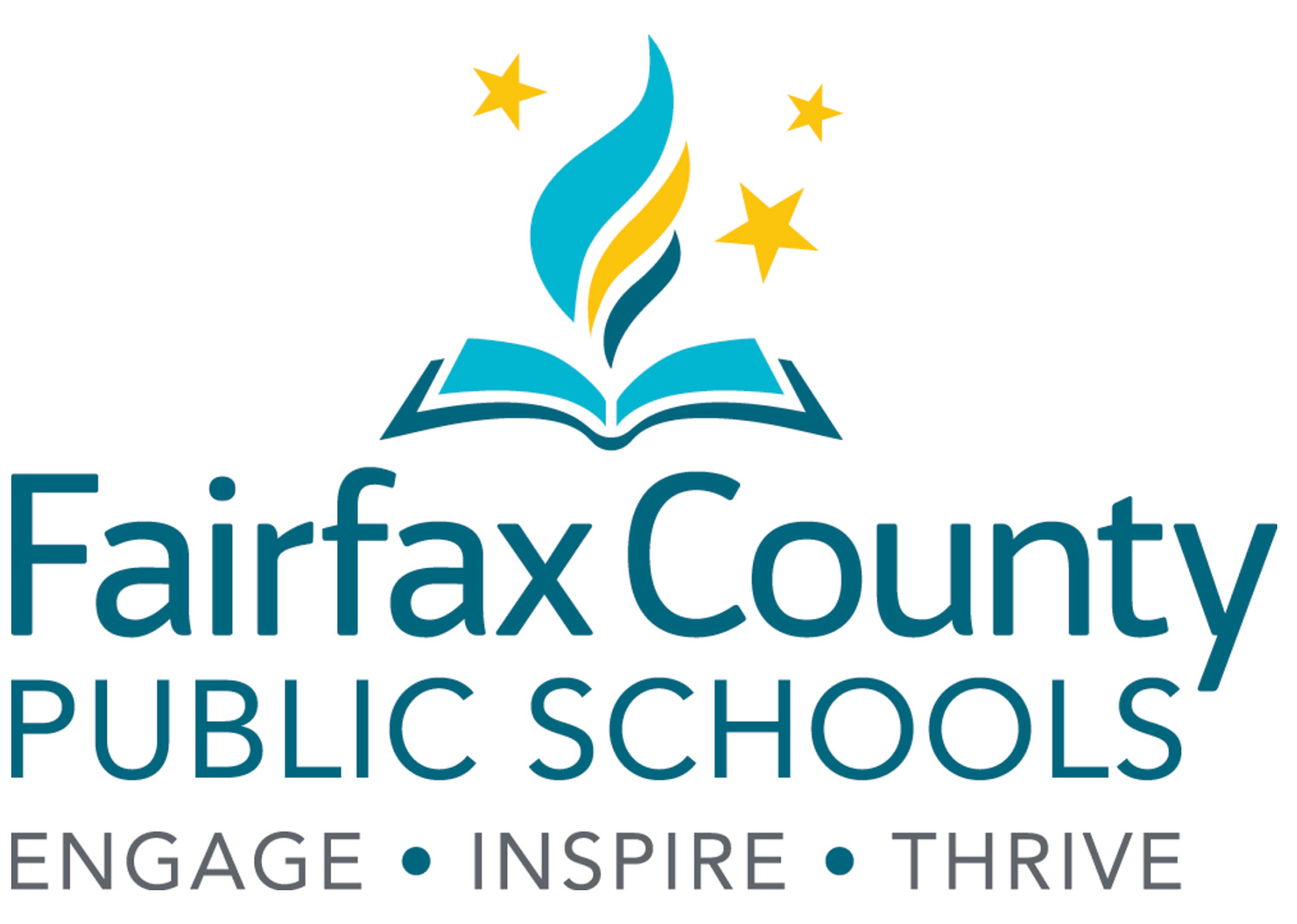Challenge
Provide a fast, easy way for busy teachers to request IT services and to accelerate the resolution of IT support issues.

Results
- Cut IT service fulfillment time in half by eliminating the need for phone or email follow-up;
- Doubled the number of services offered through the IT service catalog;
- Cut approval time from days to minutes by moving paper-based approval processes online; and
- Named a finalist for 2012 Excellence.gov Award for “effective, efficient and innovative solutions in government.”
Enabling Technology
Kinetic Request portal and Kinetic Task automation engine
Background
Kinetic Request and Kinetic Task Teach Fairfax County Public Schools the Ease of Managing IT Operations
Faced with tight budgets, school districts across the nation are searching for ways to increase operational efficiency. Teachers, meanwhile, are busier than ever, with larger class sizes. The technology on which teachers rely in the classroom has to work—and when something goes wrong, they need an easy way to report problems and get rapid resolution of their IT support issues.
For the IT department of Fairfax County Public Schools—the 10th largest school district in the nation—handling the 250,000 IT service requests it receives annually was a bit overwhelming. Inconsistent manual processes slowed service fulfillment time and increased costs, while cumbersome service request processes frustrated teachers and other school staff. Each of the district’s more than 200 locations had its own way of requesting services—from phone calls to emails to Post-it® Notes. Employees didn’t know whom to contact for service, support or information.
Fairfax’s initial effort to make improvements in 2007 was the school district’s first generation service catalog for 125 of its IT services. While a good first step, the forms weren’t dynamic or consistent across the board. In 2010, the existing services were revised to have a consistent look and feel for its customers—teachers and school staff. However, this iteration still relied on static forms.
Close But Not Good Enough
With nearly 185,000 students and 23,000 employees, the school district needed a service request system that was simple yet powerful. On the one hand, the IT support providers (employees in IT at the various school locations) just needed something consistent and easy to work with. On the other hand, teachers (whose focus is on educating students) needed a simple system that enabled them to get their requests fulfilled and quickly return to their primary responsibilities.
“Our ultimate goal is to support kids,” said Jennifer Sponheimer, functional applications specialist for Fairfax County Public Schools. “We look at how to best serve our customers, who in turn meet the needs of kids.”
Role-Based Request Prompting
To move forward, the district converted all of its IT services to an enterprise request management (ERM) system based on Kinetic Request. Dynamic question functionality was implemented (that is, questions could change based on the user’s role, or answers to previous questions), ensuring that users’ requests were routed to the appropriate person and fulfilled more quickly—in many cases, cutting fulfillment time in half by eliminating the need for phone or email follow-up by the support team.
Customer tickets started coming in cleaner and more efficiently—with user input mapped to specific data fields rather than one unwieldy text field—making the process easier for both customers and the district’s IT office.
The district soon added more customer-facing features, such as a single portal where teachers and staff could submit both service catalog requests and IT support tickets.
Transitioning from Paper-Based Approvals
As the district became more comfortable with the technology changes, it used Kinetic Data software to make the giant leap from a paper-based to an electronic approval process. The district’s previous approval process involved printing out documents and either faxing or driving them by car in person to the approver.
“The support team joked that they were going to have a bonfire for the fax machine once we moved to the Kinetic Data applications,” said Sponheimer. Requests are now approved in minutes instead of days.
A unique aspect of the district’s approval process involves school principals. While school principals are high in the ranks of the school district, they also work closely with students. Using Kinetic Data software, the district is able to ensure the security of students’ data while also facilitating the need for school principals to make quick decisions even while processing vast amounts of information on a daily basis.
As part of the electronic approval process, Fairfax County Public Schools added a dynamic table listing outstanding approvals so users can see if any approvals are pending.
The Service Catalog Future for Fairfax County Public Schools
“We’re continually excited by the improvements made to Kinetic Data products and how they help us with our customers,” said Sponheimer.
Upcoming improvements in the Fairfax County Public Schools’ service catalog include role-based services (dynamically altering which services a user sees based on his or her job) and expanding the capabilities of the service catalog by integrating it with additional data sources and applications. In addition, the district plans on rolling out Kinetic Survey to collect feedback from its customers.
Now’s the perfect time for the district to say goodbye (with a bonfire, of course) to its fax machine.
Try the Kinetic Platform Today.
When you're ready to learn how Kinetic Data can help you achieve better business outcomes, we're here to answer your questions.